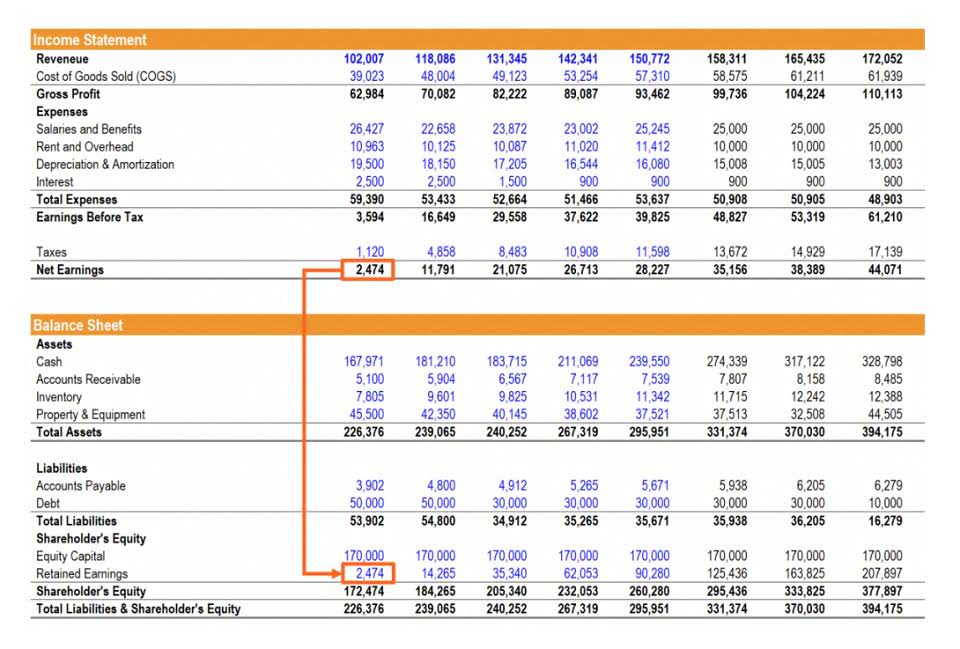Content

Mary Girsch-Bock is the expert on accounting software and payroll software for The Ascent. This employee list should include both the employee name and number of hours worked. This can be done manually or by using the payroll reports available from your payroll service provider. Calculating FTEs is also required for any small business that currently works with the federal government in a professional capacity, as the submission of an FTE report is a required part of most federal government contracts.
A full-time equivalent assists in tallying work hours, salaries, employee productivity, and company’s or workplace’s productivity, as well as calculating how much time an assignment or a project will take. For all these reasons, it’s important to you learn to calculate full-time equivalent employees accurately. This process needs to be repeated for every payroll week throughout the year. If your employees work the same number of hours every week, the calculation process will be simple. Calculating full-time equivalent for your business can be time-consuming if you currently process your payroll and employee benefits manually.
Example FTE Calculation
To ensure that a company with 100 part-time employees is treated as fairly as one with 50 full-time employees, an FTE is calculated to compare both workforces. ALEs are required to offer affordable health coverage of minimum value to all full-time employees and their eligible dependents. Otherwise, the company needs to make an employer shared responsibility payment to the IRS if one or more full-time employees receive a premium tax credit for buying their individual coverage elsewhere, like through Marketplace. According to the ACA’s definition of ALE, full-time employees work at least 30 hours per week on average, usually calculated based on the prior year’s FTE information. Companies in their first year can make estimates based on reasonable expectations.
To identify the FTE for part-time positions, divide the total number of part-time hours worked by the number of hours worked by one full-time worker. In our example, we will divide the total hours worked by Employees D and E by the number of hours worked by Employees A. Calculate the FTEs by determining the number of hours worked by full-time or part-time employees in a year. To do this, multiply the number of weeks in a year with the number of hours for a full-time position. Daniel, Nicole and Bobby do not work a full 40 hours a week, and to calculate the Full-Time Equivalent of the hours they work, you must divide each employee’s working hours by the company’s hours for a full-time workweek. FTE has many uses; as stated above, business analysts use it to calculate the labor cost and the number of employees required to complete a project.
Employee Assumptions
The FTE is only a measurement unit to calculate how many hours your employees worked on an actual-hours, days-worked, or weeks-worked basis. For the purposes of determining ALE status, the IRS defines a full-time employee as one who works on average 30 hours per week or 130 hours per month (or more). The part-time employees, on the other hand, work 20 hours per week and 25 weeks out of the year. The Full Time Equivalent (FTE) represents a unit of measurement standardized to equal the number of hours worked by the typical full-time employee. Let’s say you have 100 employees, but 18 of those employees are part-time and only work 10 hours a week. Altogether, those 18 employees only account for the hours of four and half full-time employees.
- The remote workforce model is ideal to build a global team and can be a win-win for both your company and employees.
- The Affordable Care Act (ACA) is designed to reduce the cost of health coverage for uninsured and lower-income individuals and their families.
- To track employee work hours and decide whether your employees are full-time equivalents, there are a lot of great tools for tracking teams.
- The definition of Full Time Equivalent in salary is necessary for accounting, as well as calculating the company’s costs while compensating its employees.
- These calculations are used to clarify the company’s obligations regarding employee health benefits.
If you currently employ both full and part-time employees, you need to determine how many FTE employees you have. An FTE employee is not necessarily a single employee; it may be a combination of several part-time employees who, when their hours are added together, create a full-time equivalent, or FTE, employee. To determine whether a company is an Applicable Large Employer (ALE), the ACA says that a company must have an average of 50 or more FTE employees over the course of one year. The ACA considers a full-time employee one who works at least 30 hours per week. A single full-time employee is the baseline of the measurement and has an FTE of 1.0, while a part-time employee working half as many hours has an FTE of 0.5.
What Is the Difference Between FTE and Headcount?
The actual PTO an employee can accrue may depend on several factors, including years of employment that dictate an employee’s hourly PTO accrual rate. These rates will depend on the PTO accrual rate policies of a company, organization, or institution. An FTE salary is an employee salary converted into a full-time equivalent salary within a full year, regardless of whether the said employee holds a full-time or part-time position. The actual workload is not taken into consideration for this calculation. However, bear in mind that this only applies to positions that work 30 hours per week when assigned a 0.75 FTE position, i.e., the IRS minimum for a full-time definition.
- The part-time employees, on the other hand, work 20 hours per week and 25 weeks out of the year.
- In short, FTE is a metric your business may use to measure your overall performance.
- You, as an employer, should consider all methods to stay flexible and to adapt to any labor market or regulatory changes you may encounter as you expand internationally.
- The same logic is applied if a company considers 30 hours per week as the standard for a full-time position.
- FTE value helps in indicating the number of full-time employees that a company shall employ in a year or the number and type of employees needed to complete a project.
- It is used to count employees depending on their degree of employment.
It could require 15 full-time employees (600 hours/40 hours) five days to complete, 30 part-time employees five days to complete, one full-time employee 15 weeks to complete, or a combination of these. The calculation is straightforward — enter the number of full-time employees together with the total number of hours worked by part-time employees per week. The calculator will tell how many full-time employees that represents and whether or not you are an Applicable Large Employer. The expected length of a full-time schedule has changed a lot throughout history — full-time employees now work about 20 or 30 hours per week less than they did in the 19th century.
How to calculate FTE for part-time and full-time employees
It will help you plan a project or your work according to deadlines and your budget. Outside of the business environment, FTE is also used to measure a student’s class load or involvement in a school project… It seems like we never leave school behind. The chart below displays the number of weekly hours worked with the corresponding FTE under the standard 40 work-week. Join BambooHR and League to explore how to go beyond wellness resolutions so your organization can reap all the benefits of a healthy workforce.

When calculating FTE, make sure your payroll data is easily accessible since you’ll need this information to complete your calculations. The entire calculation will be much smoother if you’re using payroll software or a payroll service provider as you can use your payroll reports to obtain the information fte meaning needed. The Paycheck Protection Program (PPP) is designed to prevent job losses during the pandemic by giving loans to small businesses to cover payroll expenses and other costs. A portion of this loan can be forgiven based on the number of FTE workers an employer has on its payroll.

Recent Comments